Ever since the excavation of the ancient site, Harappa, in the 1920s, the Indus Valley Civilisation (IVC) has intrigued archeologists and history lovers alike. As one of the three ancient civilisations (5,000 BCE-1,500 BCE) — others being the Mesopotamian and Egyptian — it was the largest human settlement of its time.
Today, we know very little of this technologically advanced civilization as compared to other civilizations. Check out these lesser-known facts about Indus Valley civilization that are not just worth sharing but will keep your curiosity going. The more you learn about them the more you will be interested to know.
For the convenience of the readers these facts have been categorized into the following broad headings:
- General facts about the Civilization and their Culture
- Cities of Indus Valley Civilization
- Technological Achievements of Indus Valley Civilization
- Mysteries that are yet to be solved
General facts about the Civilization and their Culture
1. Oldest in the World
Scientists from IIT-Kharagpur and Archaeological Survey of India (ASI) have recently uncovered evidence that the Indus Valley civilization is at least 8,000 years old and not 5,500 years old as earlier believed. This discovery, published in the prestigious Nature journal on May 25, 2016, makes it not just older than the Egyptian and Mesopotamian civilisations but also the oldest in the world.
2. Indus Valley Civilization was the largest among the four ancient civilizations of the world
In terms of geographic area, Indus Valley Civilization was the largest among the four ancient civilizations of the world namely, Mesopotamia, Egypt, and China. Its area was 1,260,000 square kilometres. It was spread over India, Pakistan, Afghanistan etc.
This civilization extended from Ghaggar-Hakra River Valley in the east to Makran coast of Balochistan in the west, from Afghanistan in the northeastern to Daimabad in Maharashtra in the south. In today’s map, if it were a country, it would rank 22nd in term of size between Niger and Angola
3. At its peak, it may had a population of over 5 million
The Indus Valley Civilization had a total population of over five million. This is greater than present day population of New Zealand. Most of its inhabitants were artisans and traders.
4. Till date over 1056 cities have been discovered
Over 1,056 Harappan cities and settlements had been found, of which 96 have been excavated. They are mostly located in the broad regions of the Indus and Ghaggar-Hakra Rivers and their tributaries. Dholavaria, Rakhigarhi, Lothal, Kalibangan are some of the famous urban cities apart from Harappa and Mohenjo-Daro.
5. Most of the population lived in villages we don’t have any record of
Archaeologists believe that majority of the population of Indus Valley Civilization lived in villages. Unfortunately, archaeologists are having tough time finding the conditions and culture and society in which they lived because of absence of any proper evidence. Their residences, archaeologists assume, were made of mud or wood which gets damaged easily and hence no trace.
6. We still don’t know what we should actually call them
The first settlements discovered were along the banks of river Indus, so the archaeologist called them ‘Indus Valley Civilization.‘ However, contrary to its name only about 100 sites are found along the Indus and its tributaries. While over 500 sites are discovered along Gaggar-Hakra River (which is believed to be the long-lost river, Saraswati).
Now, many archaeologists prefer to call them as ‘Indus-Saraswati Civilization,’ based on the two river systems. Others prefer the name ‘Harappan Civilization,’ based on the name of the first city discovered called Harappa.
7. Meluhha, the ancient place of exotic items mentioned by the Mesopotamian scribes
We don’t know what the Indus Valley people used to call themselves. The Mesopotamian scribes had been writing about a distance place called Meluhha. Archaeological evidence has proved that Indus Valley civilization and Mesopotamians were having long time trade relations. It is entirely possible that the place the Mesopotamians called Meluhha is Indus Valley Civilization.
8. Archaeologist first thought they had discovered cities of children
Evidence suggests that the people of Indus Valley Civilization loved games and toys. During excavation, archaeologists found more and more of toys and they assumed that most of the inhabitants of this civilization were children.
Flat stones with engraved grid markings and playing pieces have been found, which shows that the Indus people may have played an early form of chess. Dice cubes with six sides and spots have also been found by archaeologists, which suggest that they may have invented the dice too.
9. Britishers laid down 93 miles of railway track with 4000-year-old Indus Valley bricks
During the British Rule in India, British engineers were constructing the railway track from Karachi to Lahore. When they felt shortage of materials to raise the track up to the desired level, they collected bricks from nearby ruins of Harappa to build the track. They laid down the bricks and constructed 93 miles (150 km) of railway track using these 4000-year-old artifacts!
10. They had the world’s first planned cities
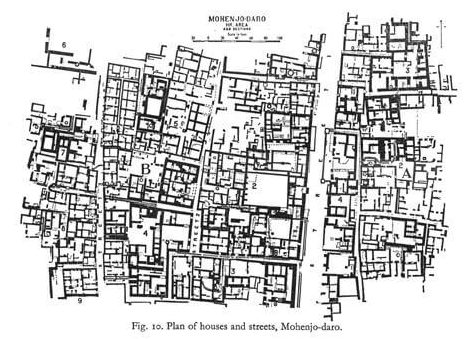
The main streets followed North-South direction and East-West direction was followed by secondary streets. Forming perfect right angles, intersection of streets took place at junctions.
These cities had spacious roads, especially in Mohenjo-Daro, roads were as wide as 10.5 m. It is believed that most of the activities like market etc. were held along these streets which justify the widths very appropriately.
11. Harappan towns and cities showed extraordinary levels of standardization
Not only the Harappan cities were well-planned, but also they followed a level of standardization that no other ancient culture could achieve at that time. Nearly all the cities that are discovered were constructed in a similar pattern.
Town planning was not limited to cities alone, every town, village and city had the same grid pattern and every house constructed used the same bricks, which were of a particular dimension. The bricks were same for all the houses. They all had sophisticated water management systems.
This particularly astonishes researchers because till now no evidence of any central ruler or authority has been found. Without any central power to impose these standards, how did they achieve this level of standardization!
12. The cities were densely populated but not chaotic?
Given the systematic approach in town planning and level of sophistication achieved by the Indus Valley people, scholars believed that even though these cities had very dense population, they were not chaotic. Instead, they had a very organized way of living.
This is in total contrast to the chaotic cities of the same time from Egypt or Mesopotamia, which make them very unique of its time.
13. Their sanitation systems & drainage systems were much advanced than any other ancient civilizations
Harappans are famous for their world-class drainage system. The usage of flush toilets, removal of waste water, channelling fresh water into bathrooms – they were masters in this area.
The streets were very carefully constructed keeping in mind the grading for the disposal of stormwater with channels running along the streets as well as underground pipes.
The streets were also paved with sundried or burnt bricks for convenient movement of ox-driven carts.


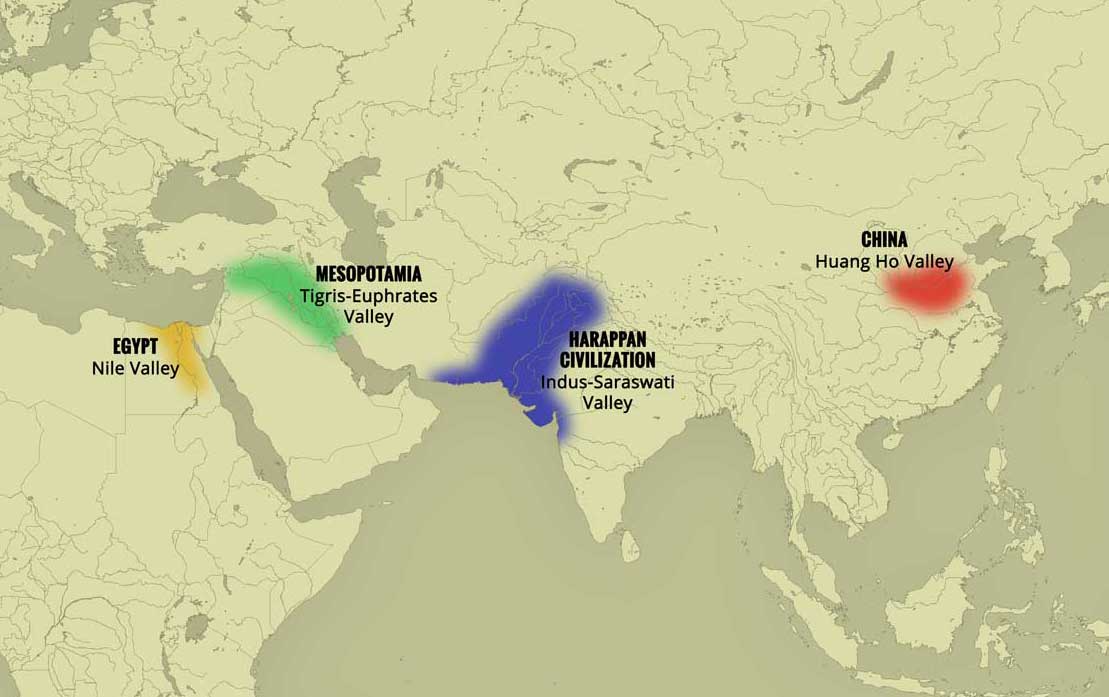
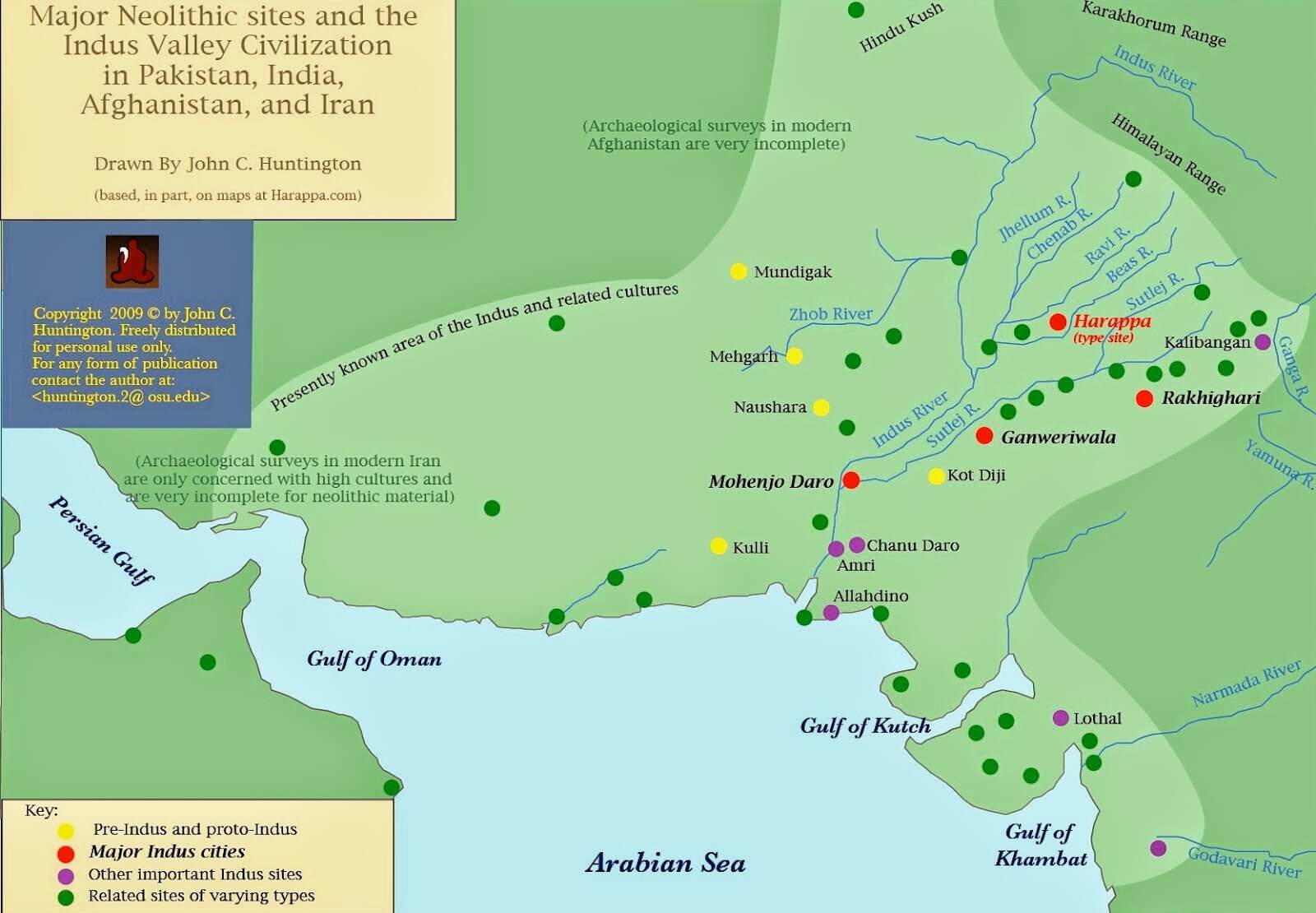
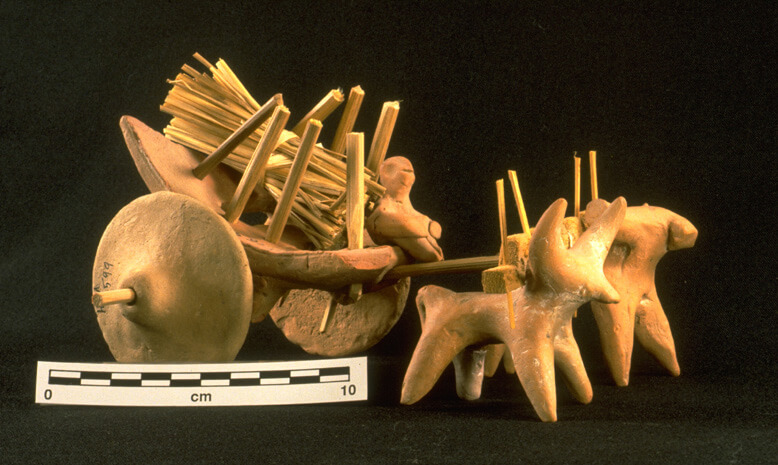
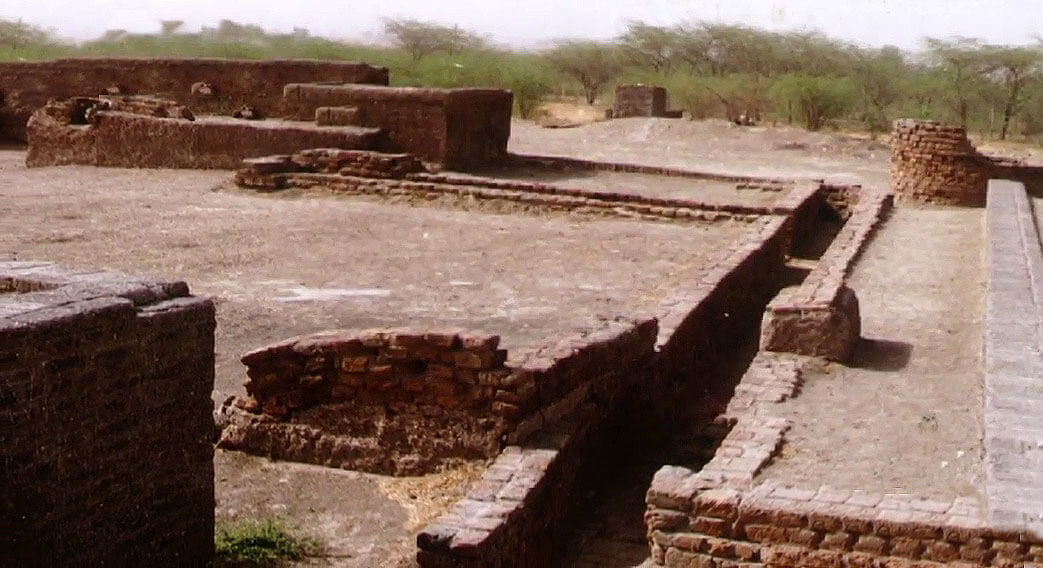
It is about time you guys woke up and did some ORIGINAL RESEARCH on Saraswati River Civilization!
To do this, you will have to start with a clean Slate; NOT take in to account a single word said so far on it by so called Historians, Archaeologists and self styled Experts…..
AND
You will come to KNOW the TRUTH about it; as have done I
HARI AUM TAT SAT BRAHM
What do you mean by Origional Research? A research done by Yogis and fake Baba who claim the whole wolrd was Hindu? Who claim Hinduism is 1000000 years old?
I will immediately snatch your rss as I can’t find your e-mail subscription hyperlink or newsletter service. Do you’ve any? Please allow me realize in order that I could subscribe. Thanks.
they were Indian.
When one reads about Harappan Civilization in Western Media, its very easy to see how it tends to diminish and water down what we know for sure, let alone what we speculate. It makes me feel angry, even though I’m a westerner without any biological ties with India. If we do not wish to speak about “spirituality”, we may talk about Archeology, Paleontology and all the sciences that study the past. Even without going to Harappa Civilization, a question arises : Who is a male dancing figure rock painting is doing in a 30 000 years old
World Heritage Site, in Bimbetka ? Or The Pashupati seal is exactly what ? Coincidences, right ? LOL…
hey
I was searching for some info regarding indus valley civilization. I have searched a lot but have not found enough. from this site I have come across very new and astonishing facts regarding IVC.
thanks. you are doing good job
keep it up..